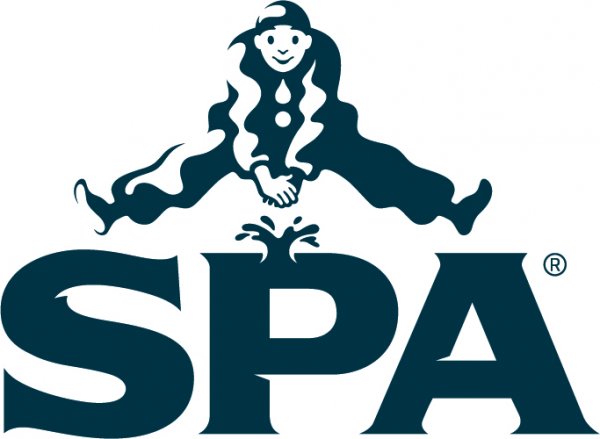
Optimizing & harmonizing internal processes to support growth
- Advisory
- Conseil
To enable and facilitate the development of its new ERP, the organization wanted to review and optimize its internal processes, and ensure that they were properly applied by its teams. To achieve this, 12 functional areas directly linked to the ERP were identified with a view to being formalized into end-to-end activity flows. One of the underlying objectives of this initiative was to develop a culture supported by clear ‘processes’ and perimeters of responsibility within the organization. Initially, the approach is bases on the needs identified by the ERP project team, before being extended to the rest of the organization- particularly with a view to ISO certification.
Type
500-750 ETPs
High-Tech & Media
Belgium, EMEA, NALA, APAC
Challenges
Formalizing & optimizing internal processes & continuous improvement
Ressources
2 to 3 consultants (Process) part-time
Time
Variable, based on scope to be covered (4 weeks/perimeter)
Our adopted iterative and highly participative approach yields practical and prompt outcomes across the different areas involved :


